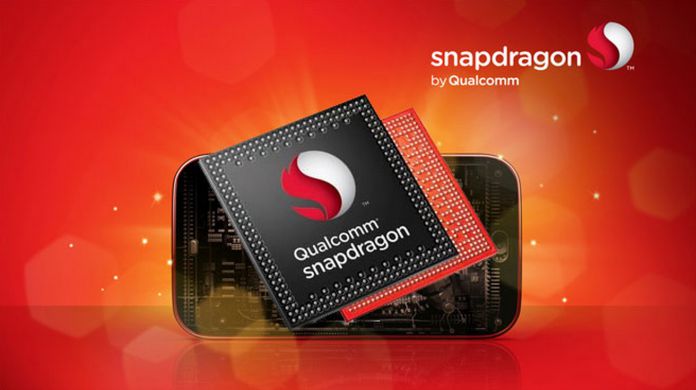The Snapdragon X20 LTE is built on Samsung’s 10nm LPE process. It comes with some notable improvements over last year’s X16 LTE modem. As a refresher, the X16 is integrated into the current Snapdragon 835 flagship SoC. The X20 will be included in future SoC’s. Among the enhancements in the new modem is support for x5 carrier aggregation (5x20MHz). This affords more flexibility on licensed and unlicensed spectrum with over 1000 carrier band combinations. This improvement also pushes up the number of spatial streams from 10 to 12 by performing 4×4 MIMO on three carriers. Qualcomm says that performance was not the primary focus for the X20. Instead, the company wanted to improve network and band support. With 5x aggregation (CA) and Licensed Assisted Access (LAA), network operators can deploy gigabit LTE services with 10MHz of licensed spectrum. “The Snapdragon X20 LTE modem is the latest example of Qualcomm extending our connectivity leadership and puts us at the forefront in driving global deployment of Gigabit LTE worldwide, laying an essential foundation for the successful launch of 5G mobile services worldwide,” said Serge Willenegger, senior vice president, product management, Qualcomm Technologies Inc. “We anticipate that the Snapdragon X20 LTE modem will help accelerate the worldwide adoption of Gigabit LTE, allowing users to enjoy even faster data speeds, further improving consumers’ always on mobile lifestyle.” The X20 is not a complete overhaul of the X16 LTE, however. For example, LTE Broadcast and Ultra HD Voice quality using EVS codec are shared on the modems. Both also provide Citizens Broadband Radio Service (CBRS) support in the United States.
Intel Competition
While Qualcomm is ubiquitous in the mobile space, Intel is starting to make its presence felt. The company made one of tech’s biggest mistakes by deciding not to make chips for the original iPhone. Since then, the company has been playing catch up. So much so, Intel is moving on from SoCs and focusing on mobile modems. The Atom range was designed to compete with Qualcomm’s Snapdragon. However, Atom has largely failed and Intel is finally making headway with its modems. Of course, the company’s modem is in the Apple iPhone 7 and at the Mobile World Conference next week, the company will discuss its trials of 5G technology. Intel is certainly now providing Qualcomm with a true competitor in the market. 5G will help drive the next generation of connectivity. It will deliver superfast connectivity to smartphones, but also power Internet of Things connected devices.




